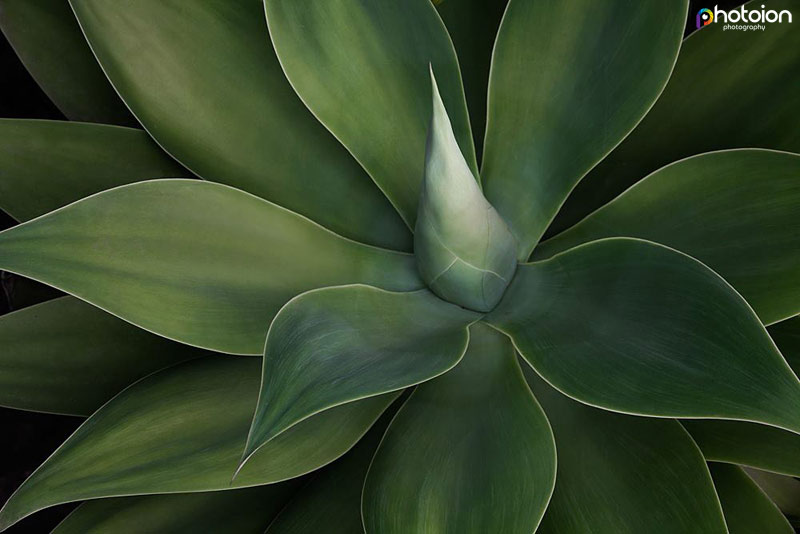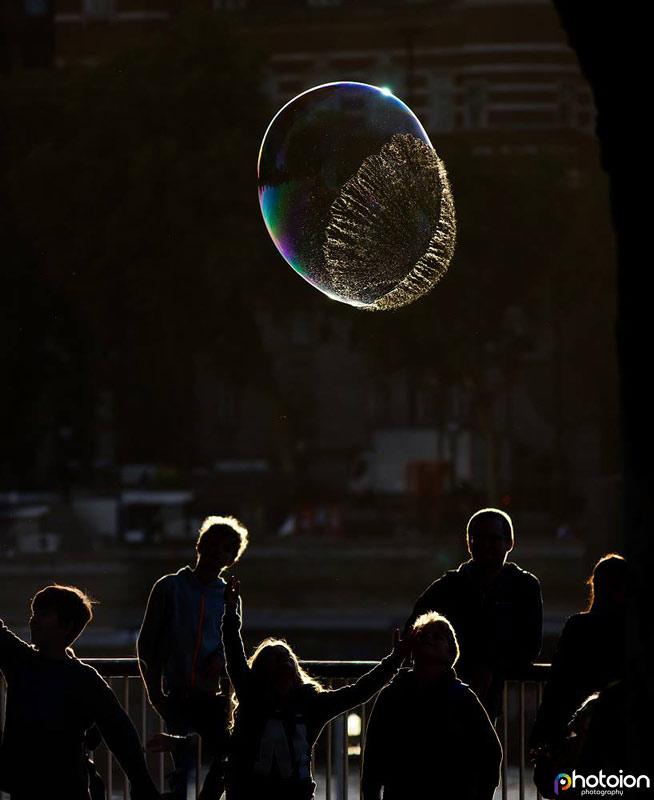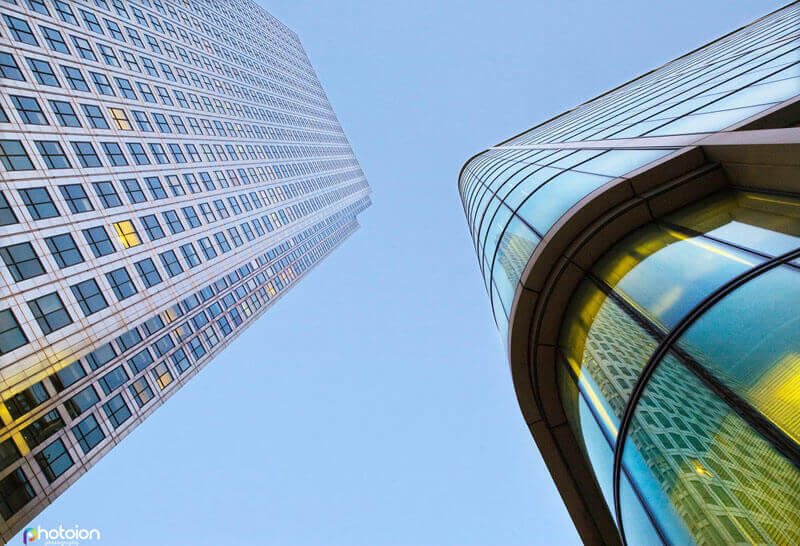Today we have some of our top tips on how to improve the composition of your images, so let’s dive straight in. Photography tips on composition can really help take your images to the next level.
1) Fill your frame.

A great way to make your images more interesting is to fill your frame. Now, this doesn’t always mean having multiple objects or subjects in your frame. Instead making sure every part of your framing serves to highlight your subject or tell your story.
A great way to achieve this is to get closer to your subject so that they fill up more of your frame, making them even more focal in the image.
If you can’t get right up close to your subject, make sure to frame them in such a way so that everything you see is complementary to the subject or interesting on its own.
Reflections are a really good way to fill out your frame with interesting and relative things because it’s a different view of your subject.
2) Balancing elements.

Sometimes, how your shot is arranged and how the elements in the frame are balanced will be the difference between a good photo and one that doesn’t work.
You could photograph the same object from two different angles and one might look amazing, while the other looked poor and out of place.
A good place to start with balance is to follow the rule of third. Make sure your subject follows one of the intersecting lines.
3) Leading lines.

Leading lines are an excellent tool to draw the viewer’s eye to the subject. They can help to highlight your subject, even among a busy background.
Leading lines in photography are not always straight lines: They can be archways, curves, spirals or even repetitive shapes.
Pay attention to how you compose. The leading lines should draw attention to an interesting subject so that value is added to the photograph.
4) Symmetry and patterns.

Incorporating symmetry into your images is a great way to make a visually appealing result. The human eye is excellent at spotting patterns and when you include a pattern or element of symmetry in your images, our brains pick up on it.
You can also use this predisposition to seeing patterns and symmetry to subvert the viewer’s expectation. Having your subject framed so that they disrupt or break up a pattern can force a viewer’s focus on them.
Position your subject so they are asymmetrical can also draw the eye to them and create a different feeling for the image.
5) Triangles.

As we talked about when discussing leading lines, straight lines can be very powerful in photography. They too can help to draw your viewer’s eye towards your subject. Triangles are excellent for creating tension in your images. Using a scalene triangle, which has no equal sides, can be used to give the hint of instability and things not quite being centred which adds an extra layer to the image.
Conversely, framing your shot to follow the shape of an isosceles or equilateral triangle can draw the eye to a point and give extra focus to a single part of your frame.
Hopefully, these photography tips on composition give you something to think about and try. If you put them into practice, be sure to share the images with us.




Leave A Comment